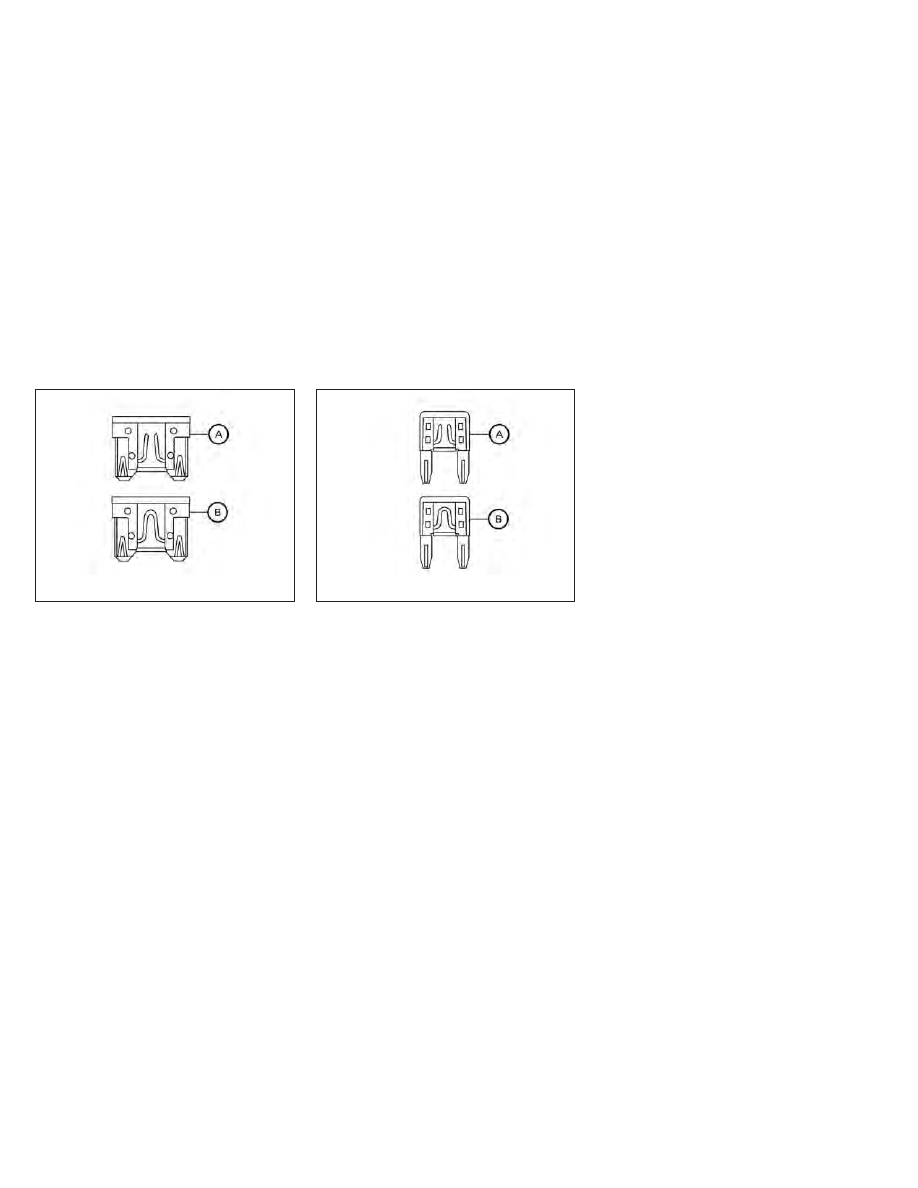Nissan Leaf (2022 year). Manual in english - page 34

6. If the fuse is open
O
A
, replace it with a
new fuse
O
B
.
7. If a new fuse also opens, have the electri-
cal system checked, and if necessary, re-
paired. It is recommended that you visit a
NISSAN certified LEAF dealer for this
service.
LDI3328
LDI3331
8-16
Do-it yourself